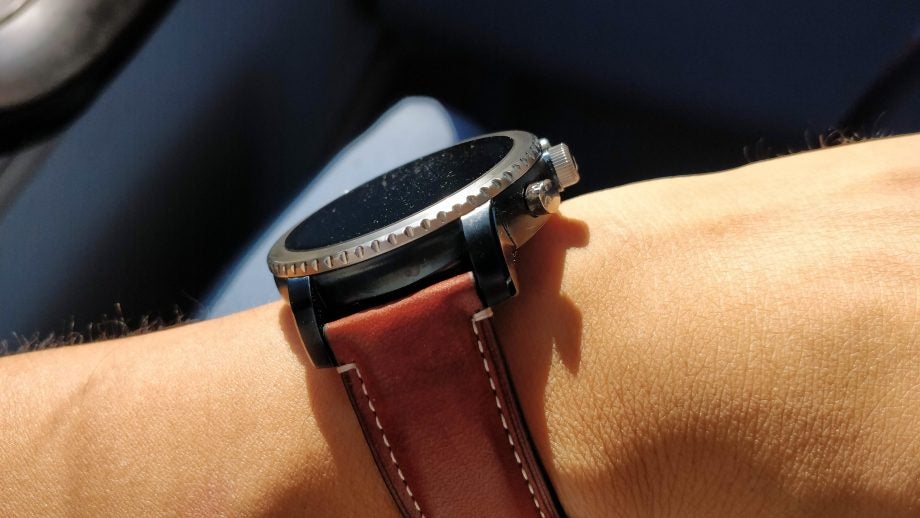Wear OS has a new flagship processor and it’s good news for battery life

Ask someone what their biggest problem with smartwatches is and it’s likely that the words ‘battery life’ will feature in their response. Now however, Qualcomm is finally updating its top-of-the-line wearable processor, and it looks like battery life is the biggest winner.
Qualcomm has achieved these gains with the Wear 3100 (which replaces the ancient 2016-era Wear 2100) by rethinking how it approaches the SoC’s central processor.
The thinking, according to Qualcomm, is that most of the time when you’re looking at your smartwatch you’re looking for very simple pieces of information such as a notification or just to see the time.
For these instances, it doesn’t make sense to have a beefy mobile processor chugging along when so little power is needed. Instead, Qualcomm has equipped the chip with a ultra-low power co-processor, which keeps the watch running most of the time.
When you actually start using the watch properly to respond to messages or open apps, then the chip will start to spin up the main processor to offer full-fat smartwatch experience.
This main processor appears to be unchanged from the Wear 2100, implying that there’ll be limited speed improvements with this version of the SoC.
So battery life is expected to be the biggest beneficiary of this change, with Qualcomm predicting improvements of anywhere between 4 and 12 hours over the battery life of Wear 2100 devices, and that’s before you even get into the different modes the processor can run in.
Related: Best smartwatches 2018
A mode for every occasion
The thinking here is that different manufacturers will be making smartwatches to serve radically different use cases.
As such, Qualcomm is offering what it calls ‘personalised experiences’ or different modes of operation for the chip with different strengths and weaknesses.
Run the chip in ‘Traditional Watch Mode’ for example, and you’ll cut out all its extraneous features and end up with a device that can still tell you the time for a week, even if it starts with just 20% of battery life.
Meanwhile, ‘Dedicated Sports Experiences’ will prioritise those processes that are essential for activity tracking such as heart-rate monitoring and GPS, while otherwise maximising battery life to a respectable 15 hours — enough for all but the most dedicated of ultra-marathon enthusiasts.
Finally, if you want to run a smartwatch with all its bells and whistles turned on then you can use a mode like ‘Ambient Mode’ which will enable inefficient-yet-pretty effects like a smooth second hand and live complications.
With a complicated chip like this, there’ll be a lot of scope for different manufacturers to use it in different ways. Some may let users customise which mode they want the watch to operate in, while others may hide it away behind automatic battery saving modes to simplify the user experience.
The big question is when we’ll start to see watches running this new SoC, and while Qualcomm says its currently in mass production and shipping today, there’s no telling when it might actually make its way into smartwatches that people can buy.
But with Fossil Grou , Louis Vuitton and Montblanc already signed up as hardware partners, it’s likely that we’ll start to see Wear 3100 watches making their way to us before the end of the year.
What’s your big problem with modern smartwatches? Let us know @TrustedReviews.


